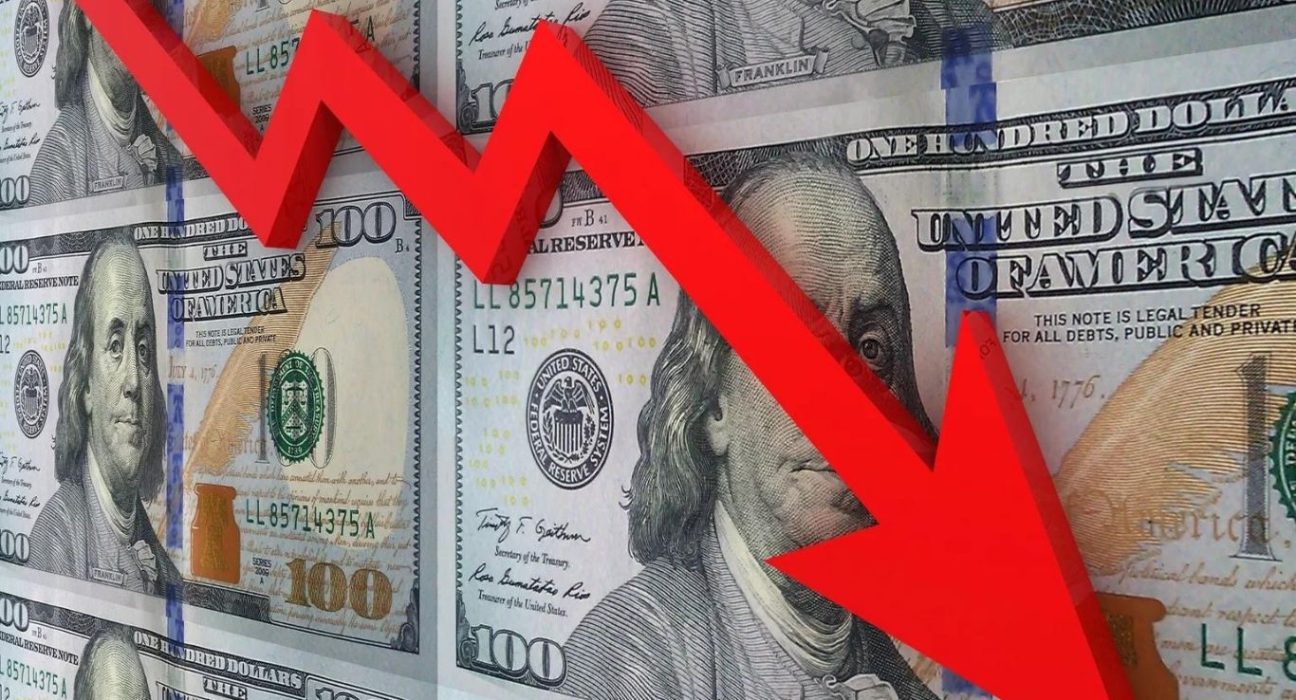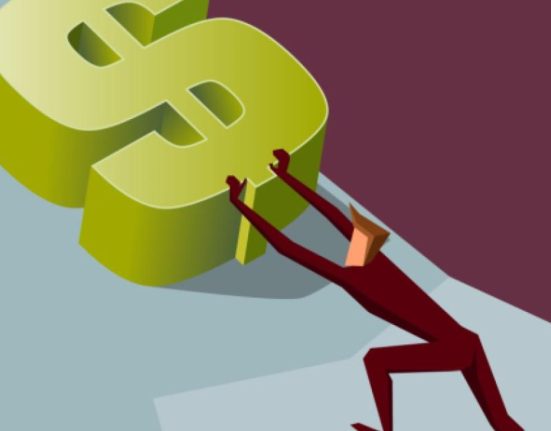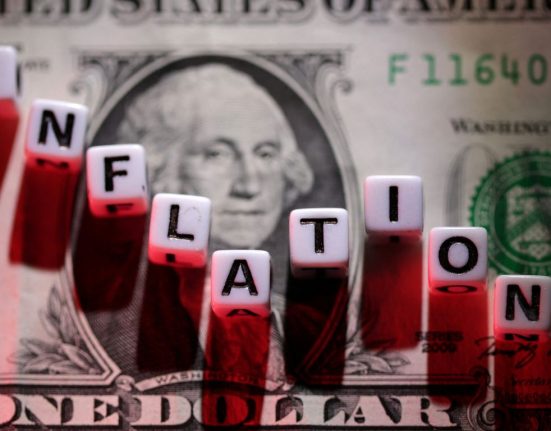Introduction
Despite the positive news of 253k non-farm jobs being added to the US economy in April, the US dollar has continued to weaken, raising questions about the vulnerability of the currency. The unemployment rate also dropped to 3.4%, the lowest level since 1969. In this article, we will examine why the US dollar is weakening despite positive economic indicators and what it could mean for the US economy.
Why is the US Dollar Weakening?
One possible explanation for the US dollar’s weakness is the ongoing impact of the COVID-19 pandemic. The US economy was hit hard by the pandemic, and despite the rollout of vaccines, there are still concerns about its long-term impact. This uncertainty is causing investors to seek out safer investments, such as gold, which is pushing the value of the US dollar down.
Another factor that could be contributing to the weakness of the US dollar is the ongoing stimulus measures implemented by the US government. The government has injected trillions of dollars into the economy to support struggling businesses and individuals. While this has helped to keep the economy afloat, it has also led to concerns about inflation. If inflation does rise, it could lead to a further weakening of the US dollar.
The Federal Reserve’s policies could also be playing a role in the US dollar’s weakness. The central bank has kept interest rates low to encourage borrowing and investment, which has helped to stimulate the economy. However, low-interest rates can also lead to a weaker currency as investors look for higher returns elsewhere.
Impact on the US Economy
The weakness of the US dollar could have both positive and negative impacts on the US economy. On the one hand, a weaker dollar can make US exports more attractive to foreign buyers, which could help to boost the economy. It can also make it cheaper for US companies to borrow money, which could lead to increased investment.
On the other hand, a weaker dollar can also lead to higher prices for imported goods, which could lead to inflation. This could be especially problematic if inflation rises faster than wages, which could lead to a decline in real incomes.
Conclusion
Despite the positive economic indicators, such as the addition of 253k non-farm jobs in April and the unemployment rate dropping to 3.4%, the US dollar continues to weaken. There are a variety of factors that could be contributing to this weakness, including the ongoing impact of the COVID-19 pandemic, stimulus measures, and the Federal Reserve’s policies. While a weaker dollar could have some positive impacts on the US economy, such as increased exports and investment, it could also lead to higher prices and inflation. It remains to be seen how this will impact the US economy in the long term, but it is certainly something to keep an eye on.










